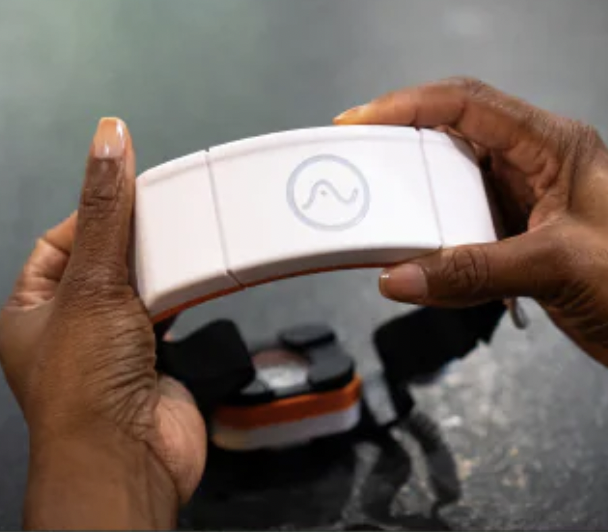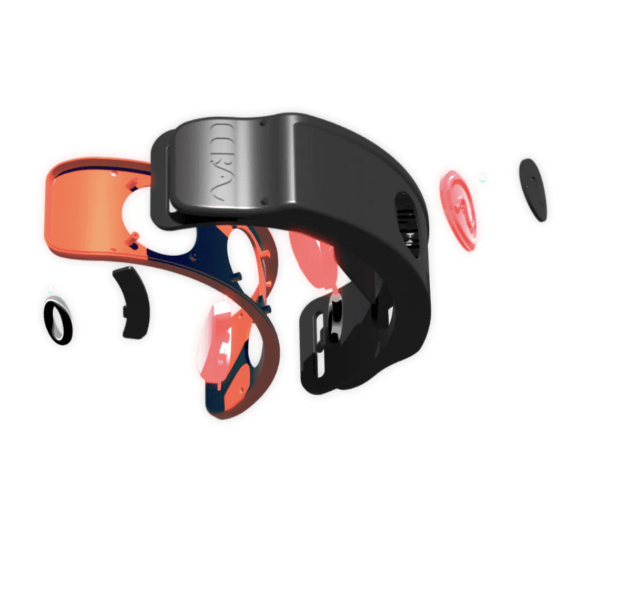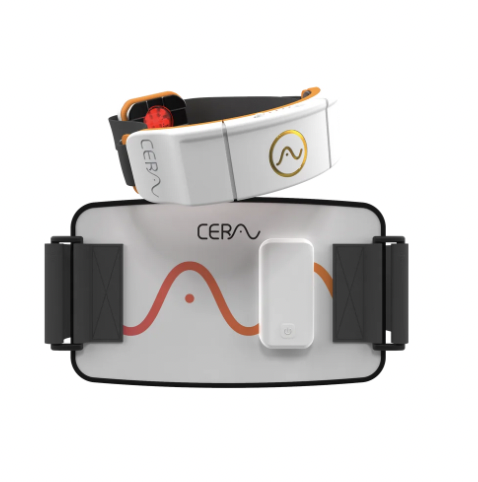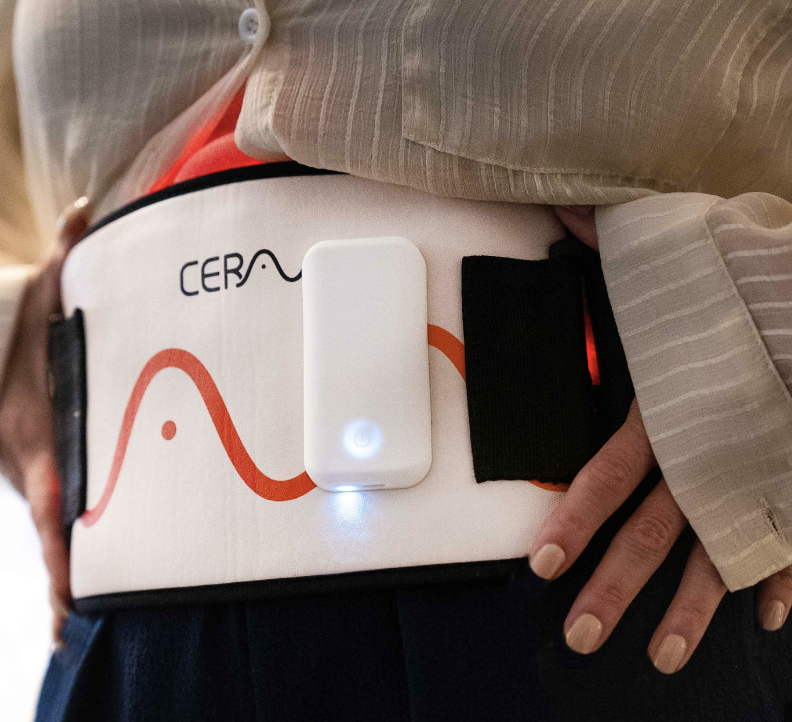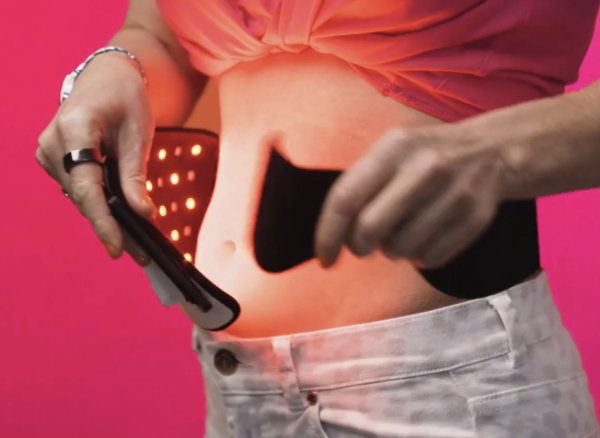Cerathrive
The Cera System
The CERA System is an innovative red light therapy device that treats the body systemically.
It's the first and only FDA listed red light therapy system that targets the gut-brain axis for upgraded brain capability, increased longevity and peak physiological health.
Boost cognition, slow aging, and find your peace of mind again with safe, non-toxic Light Therapy.
Purchase includes:
1 x CERA Headband
660nm, 850nm, 950nm, 1070nm
1 x CERA Body Panel
660nm, 850nm
1 x CERA Body Strap
1 x CERASystem Travel bag (Bonus Extra $49)
1 x USB-C Charger
-
In the context of red light therapy, the term "wavelength" refers to the distance between two peaks in the electromagnetic wave of red or near-infrared (NIR) light used for therapy. Red and NIR light used in therapy have different wavelengths, and the specific wavelength range used can affect the therapeutic outcomes.
-
The CERA Headband is a red light therapy device that uses multiple wavelengths for therapeutic purposes.
The wavelengths used in the CERA Headband are:
630 nanometers (nm)
850 nm
940 nm
1070 nm
These wavelengths have been chosen for their specific therapeutic effects.
In order for light to penetrate the skull and reach the brain, longer wavelengths of light are needed. This is because longer wavelengths, such as those in the near-infrared (NIR) range (e.g., 850 to 1070 nm), are able to penetrate deeper into tissue than shorter wavelengths (e.g., 630 to 660 nm).
The skull is relatively thick and dense compared to other tissues in the body, and shorter wavelengths of light are absorbed more readily by the tissue and scattered, limiting their ability to penetrate deeper. Longer wavelengths, on the other hand, are less absorbed and scattered by the tissue, allowing them to penetrate deeper and reach the cortex of the brain.
This is why red light therapy devices that are specifically designed for brain stimulation use longer wavelengths in the NIR range.
-
A brain wave, also known as neural oscillation, refers to the electrical activity that is produced by the brain when it is functioning. Brain waves are generated by the synchronized activity of large groups of neurons as they communicate with each other through electrical impulses.
-
Brain waves, or neural oscillations, are thought to exist because they facilitate communication between different regions of the brain. The brain is a complex network of neurons that are constantly communicating with each other to perform various cognitive, sensory, and motor functions. Brain waves are generated by the synchronized activity of large groups of neurons as they communicate with each other through electrical impulses.
These electrical signals produce different patterns of brain waves that are associated with different states of consciousness, mental activity, and sensory processing. For example, slow delta waves are associated with deep sleep, while fast gamma waves are associated with attention and conscious perception.
Brain waves are also thought to be involved in various cognitive processes, including memory consolidation, attention, and sensory processing. For example, studies have shown that alpha waves are associated with attentional focus and memory consolidation, while theta waves are associated with creative thinking and problem-solving.
-
There is growing scientific evidence to support the use of modulated light to influence brain waves. It may work by entraining the brain to a specific frequency. This is based on the concept of neural entrainment, which suggests that the brain has a natural tendency to synchronize its activity to external rhythmic stimuli.
In the case of modulated light, the rhythmic changes in the light frequency may influence the brain's electrical activity and cause it to synchronize with the frequency of the light. This can result in changes in the amplitude and frequency of brain waves, which can affect cognitive states such as relaxation, focus, and alertness.
-
The CERA Headband employs pulsed frequencies at 7.8 Hz, 10 Hz, 40 Hz, and 100 Hz.
-
The pulsed frequencies in the CERA Headband are configured in its six preset programs, each with a distinct function based on its name. Users have the option to manually select the program, but it is recommended to seek guidance from a brain coach. Additionally, there is an option to choose a program with a constant wave that does not have pulsing frequencies.
CERA System & App FAQ’s
-
The CERA System is FDA listed. That is not the same as FDA approved. At the moment, there is no classification for red light therapy as a therapeutic device for a brain health condition. We are hoping to do our part in supporting research to change this. We will soon have a 510K classification for pain reduction, wound healing and increased micro-circulation.
This means that we cannot make claims to cure, prevent, treat or diagnose any brain illness.
-
No, SAD lamps contain a full spectrum (all colors or wavelengths) of light to mimic the Sun, stimulating a hormonal response. The CERA system uses only red and near infrared light to deliver energy to the body – although the CERA System may help boost mood.
-
Yes, you can use the CERA Headband without using the CERA Body Panel to target the brain only. We recommend using the devices together for maximum therapeutic effect.
-
Yes, you can use the CERA Body Panel on joints, limbs and anywhere else you would usually use a red light device. You do not need the CERA App for this.
-
Yes! Near infrared light can penetrate bone and reach the outer layer of the brain. The longer the wavelength of light, the deeper the penetration. The CERA Headband contains 3 different wavelengths of near infrared from 850-1070 nm in order to reach the maximum amount of light receptors in the brain.
-
There are light clusters on the forehead and one that goes one the back of the head under the hairline. The CERA Headband does not cover the whole head. The reason for this is that hair is a barrier for light. The best way to get light to the brain is via the prefrontal cortex on the front part of the brain. The brain is a connected network of neurons and support cells. There is evidence that the therapeutic effect of shining light to the forehead area is brain wide via these connected networks, and by stimulating the blood around the head and body.


